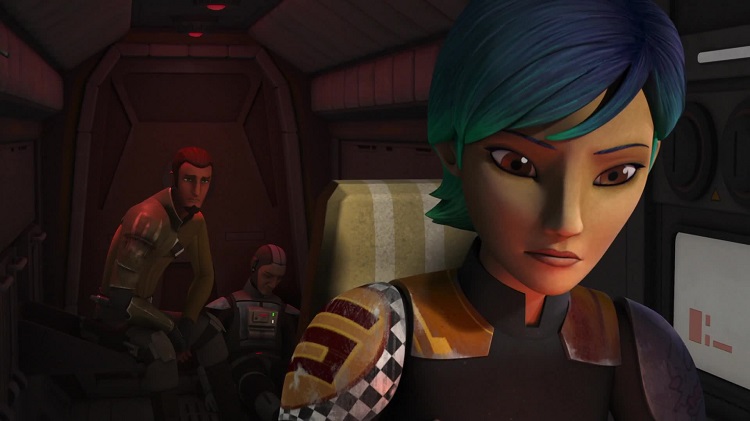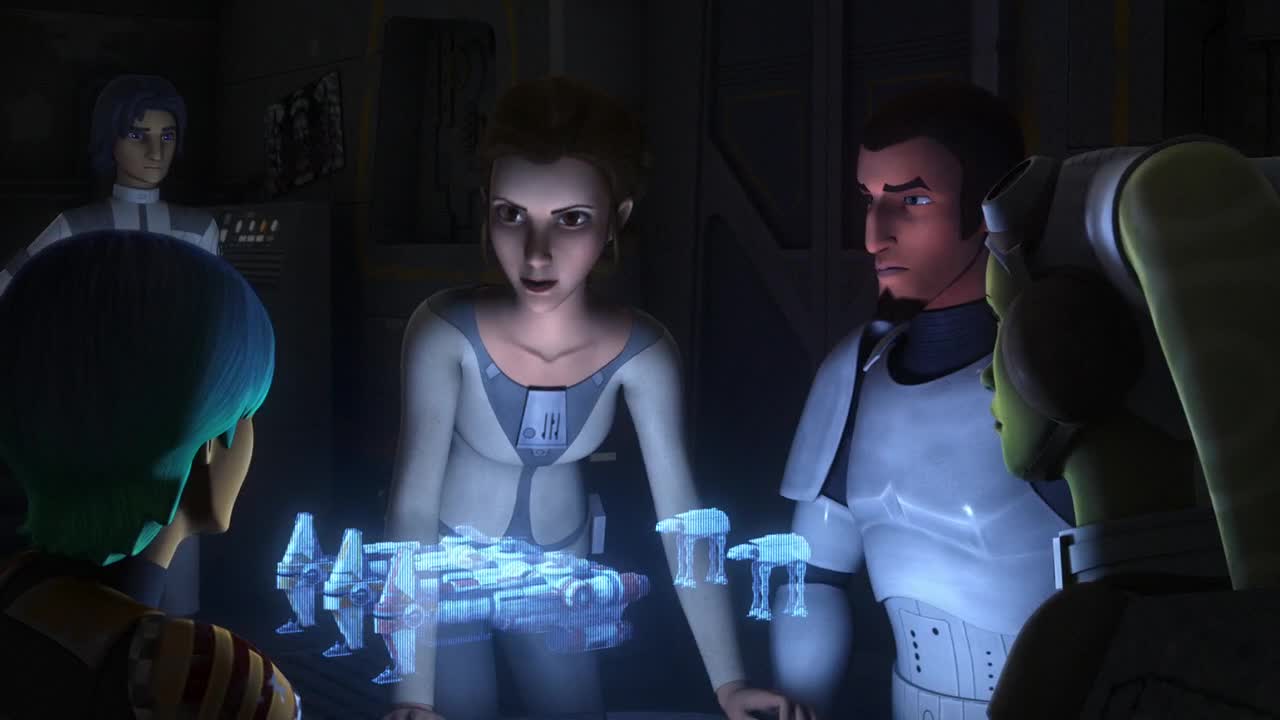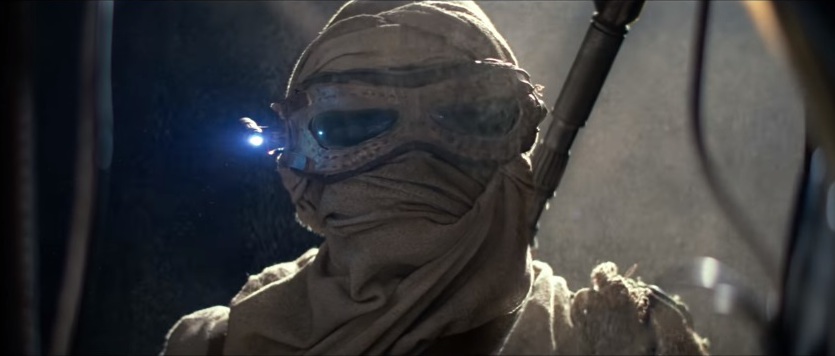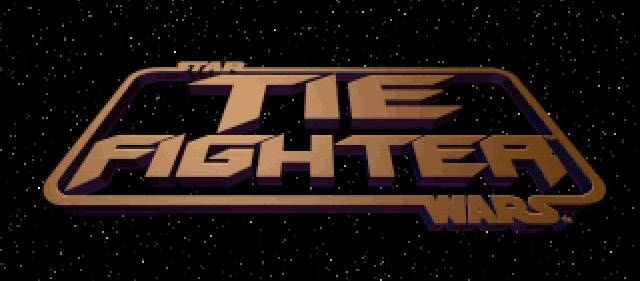
Ben: Star Wars Rebels‘ first season was a rather brisk affair. With only sixteen episodes’ worth of run time total, we were delivered character introductions, development of those characters, decisions with consequences and plot twists, and a satisfying, rousing conclusion that led nicely into a future full of possibilities. What that meant in terms of storytelling was there was little to no room for padding; every episode paid off somehow at some point, and plots that you might have thought for sure the storytellers had forgotten about wound up coming back.
The second season, by comparison, has had a good deal more than that, around twenty-two episodes, and of course we were all happy at the prospect of getting even more of the show and characters we loved. What I didn’t count on, and what caught a lot of people off-guard, is that the storytelling gears shifted. Rather than continuing to embrace the same taut pace, season two is taking its time with many things. We’ve been introduced to a load of new characters who all had the potential to recur, both good and evil, and a lot of hints and ideas about characters that may or may not pay off later on.
In “The Protector of Concord Dawn” for instance, we got hints about Kanan’s past during the war (directly referencing a current comic storyline, natch), as well as Sabine’s own Mandalorian pedigree, Hera’s position as Phoenix Leader, and the Rebel fleet’s scattered resources slowly coming together. All of it was following up on things that had been seeded earlier this season, but they’re far from concluded at this point. And we got a whole new faction of characters introduced in the Mandalorian Protectors, who might play a huge role later on, or might not play a role at all. Who knows? Read More



![The-Force-Awakens-Frame[1]](http://eleven-thirtyeight.com/wp-content/uploads/2015/12/The-Force-Awakens-Frame1-1024x426.jpg) (needless to say, spoilers for The Force Awakens ensue)
(needless to say, spoilers for The Force Awakens ensue)